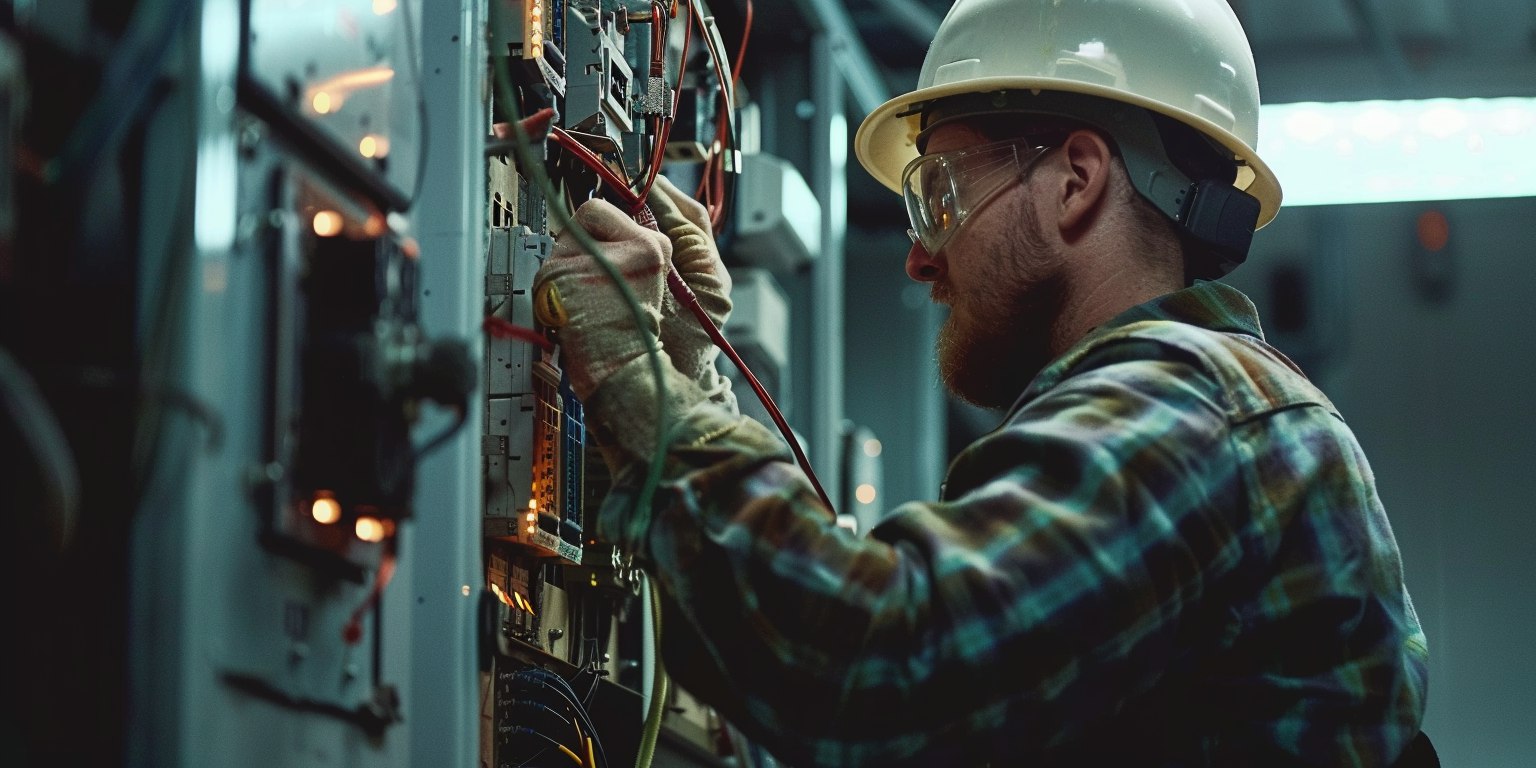
Essential Tools for DIY Electricians: Must-Have Equipment and How to Use Them
Tackling electrical projects at home requires more than just enthusiasm; it demands the right tools and a solid understanding of how to use them. Whether you’re installing a new light fixture, replacing an outlet, or troubleshooting wiring issues, having the proper equipment can mean the difference between a job well done and a potential safety hazard. Here’s a breakdown of must-have tools for DIY electricians and tips on how to use them effectively.
1. Multimeter
A multimeter is a versatile tool that measures voltage, current, and resistance. Whether you’re checking if a circuit is live or troubleshooting a faulty appliance, a reliable multimeter is invaluable. Ensure you're familiar with its settings to avoid incorrect readings. Always start with the highest voltage range and work your way down for accuracy.
2. Voltage Tester
A non-contact voltage tester is crucial for determining whether wires are live before starting any work. Simply hover it near the wire or outlet to check for voltage. This tool significantly reduces the risk of electrical shock and is beginner-friendly.
3. Wire Strippers
Stripping wires is a routine task in most electrical projects. Wire strippers make it easy to remove the insulation without damaging the wire underneath. Many models come with adjustable notches for different wire gauges, ensuring clean and precise results.
4. Screwdrivers and Nut Drivers
Invest in a set of insulated screwdrivers and nut drivers, designed specifically for electrical work. Insulation ensures safety when working near live circuits, and having various sizes allows you to tackle different tasks, such as installing light switches or tightening wire connections in an electrical panel.
5. Pliers (Combination and Needle-Nose)
For gripping, twisting, and cutting wires, pliers are indispensable. Combination pliers are great for general use, while needle-nose pliers excel in precision tasks, such as working in tight spaces or threading wires through small openings.
6. Fish Tape
Running wires through walls, conduits, or ceilings can be challenging. Fish tape simplifies this task by helping you guide wires through enclosed spaces. To use it, feed the tape through the conduit, attach the wire, and pull it back through.
7. Cable Ties and Wire Connectors
Keep wiring neat and secure with cable ties. For splicing wires, wire connectors (also known as wire nuts) ensure safe and reliable connections. Choose the right size to fit the wires you’re working with.
8. Flashlight or Headlamp
Electrical work often involves dimly lit areas like breaker panels or crawlspaces. A durable flashlight or hands-free headlamp helps you see clearly and work safely.
Final Tips
Before diving into any electrical project, always turn off the power at the breaker box and double-check with your voltage tester. Familiarize yourself with local electrical codes to ensure your work is compliant and safe. Lastly, while DIY projects can be rewarding, don’t hesitate to call a professional for more complex tasks.